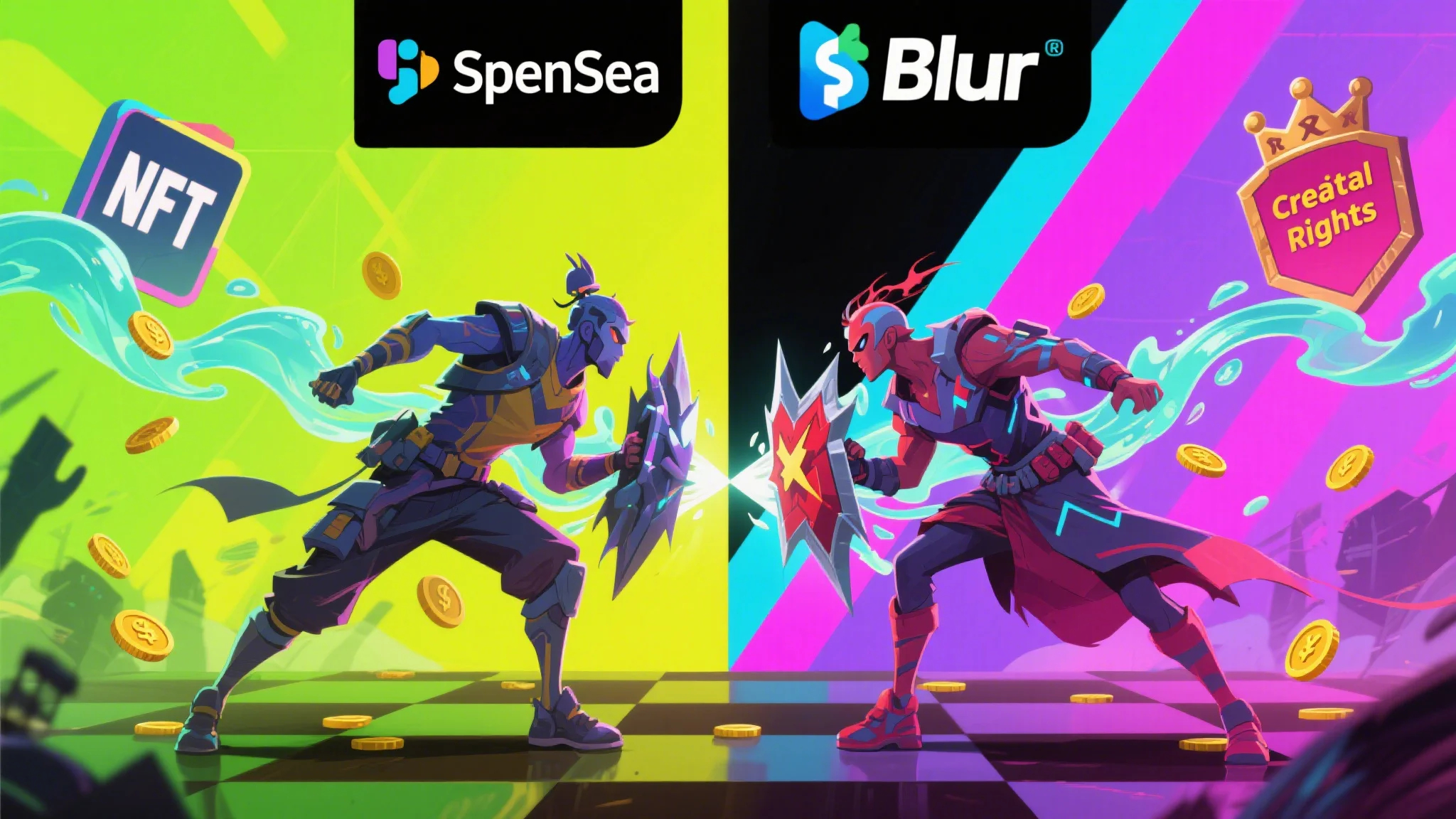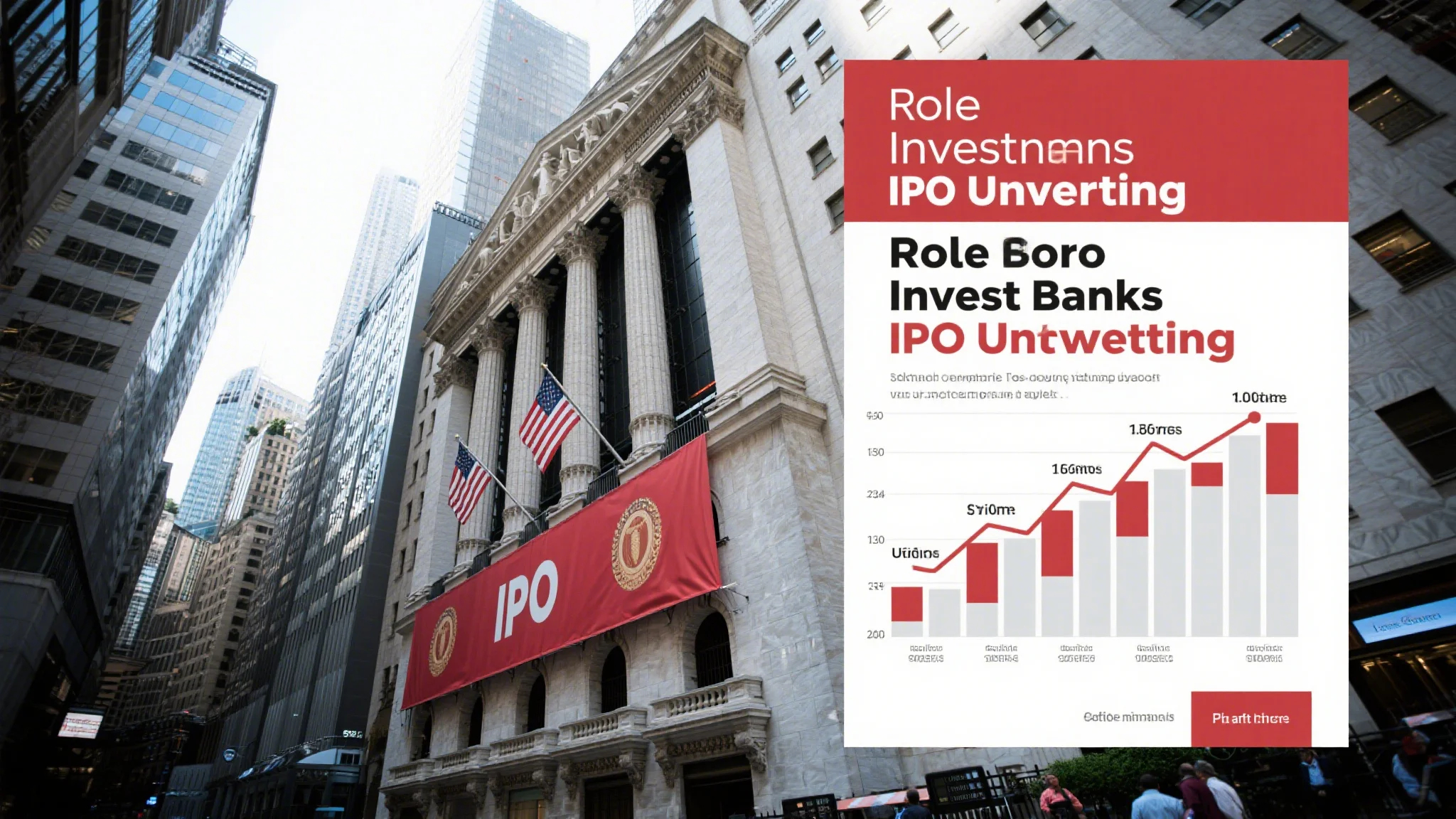The NFT (Non-Fungible Token) market has exploded in recent years, creating new opportunities for artists, collectors, and entrepreneurs. If you’re running an NFT marketplace, monetization is key to ensuring long-term success. But how do you turn your platform into a profitable venture?

One of the most common ways to monetize an NFT marketplace is through transaction fees. These fees are charged whenever a buyer purchases an NFT from your platform. The fee structure can vary, but it’s essential to strike a balance between generating revenue and keeping your platform affordable for users.
1. Transaction Fees: The Foundation of Monetization
Transaction fees are the primary revenue source for most NFT marketplaces. When a buyer completes a purchase, your platform takes a small percentage of the sale. This percentage can range from 2.5% to as high as 15%, depending on the platform’s costs and competition.
For example, platforms like OpenSea and LooksRare charge a 2.5% transaction fee on each sale. While this might seem low, it adds up quickly, especially for high-value NFTs. If an NFT sells for $100,000, a 2.5% fee generates $2,500 in revenue for the platform.
How to Set Transaction Fees:
Competitive Analysis: Research your competitors to determine what fees they charge. If your fees are too high, users might migrate to a cheaper platform.
Value Proposition: If your platform offers unique features like advanced analytics or curated collections, you can justify higher fees.
Dynamic Fees: Consider implementing dynamic fees based on the sale price or the seller’s tier. For instance, charge a lower fee for smaller sales and a higher fee for larger transactions.
Transaction fees are straightforward and easy to implement, making them a cornerstone of any NFT marketplace’s monetization strategy.
2. Premium Listings: Enhancing Revenue Through Special Features
While transaction fees provide a steady income stream, premium listings can help you generate additional revenue. Premium listings are exclusive features that allow sellers to showcase their NFTs in a more prominent section of your marketplace.
For example, you could create a “Featured” section where top-tier sellers can list their NFTs at a higher price point. In return, they pay an extra fee for the privilege. This not only increases your revenue but also adds value for the seller, as their NFTs are more likely to attract buyers.
How to Implement Premium Listings:
Tiered Pricing: Offer different tiers of premium listings, such as Bronze, Silver, and Gold, each with varying fees and benefits.
Customization: Allow sellers to customize their listings with high-resolution images, videos, or detailed descriptions.
Curated Collections: Create curated collections where only the highest-quality NFTs are featured. This can attract serious buyers and increase the overall value of your marketplace.
Premium listings are a win-win for both your platform and your users. They provide sellers with an opportunity to stand out and buyers with access to high-quality NFTs.
3. Ad Revenue: Monetizing Through Partnerships
Another way to monetize your NFT marketplace is through ad revenue. Advertisements can be a valuable source of income, especially if your platform has a large user base.
You can partner with brands, artists, or other NFT projects to display ads on your website or app. For example, you could offer banner ads, pop-up ads, or in-app ads that target users based on their interests.
How to Generate Ad Revenue:
Targeted Advertising: Use data analytics to understand your users’ preferences and target ads accordingly.
Sponsored Content: Work with brands to create sponsored content or listings that align with your platform’s theme.
Affiliate Programs: Offer affiliate programs where users earn a commission for referring new buyers or sellers to your platform.
Ad revenue can be a significant source of income, but it’s essential to avoid overloading your platform with ads. A balance is key to maintaining a positive user experience.
Advanced Strategies for Maximizing Revenue
Monetizing an NFT marketplace isn’t just about implementing basic strategies like transaction fees and premium listings. To truly maximize your revenue, you need to think creatively and explore advanced monetization techniques.
1. Subscription Models: Unlocking Recurring Revenue
Subscription models are becoming increasingly popular in the NFT space. By offering exclusive features or tools, you can encourage users to subscribe to your platform, generating recurring revenue in the process.
For example, you could offer a premium subscription that includes advanced analytics, exclusive NFT drops, or early access to new features. Subscriptions can be charged monthly, quarterly, or annually, depending on the value you’re offering.
How to Design a Subscription Model:
Value Proposition: Clearly define what makes your subscription worth the price.
Tiered Subscriptions: Offer multiple tiers, such as Basic, Pro, and VIP, each with varying features and prices.
Trial Periods: Provide a free trial to entice users to sign up for the paid version.
Subscription models are highly effective because they create a steady stream of income, reducing reliance on one-time transaction fees.
2. Fractional Ownership: Expanding Market Access
Fractional ownership is a groundbreaking concept in the NFT space. It allows multiple users to own a piece of an NFT, effectively democratizing access to high-value assets.
For example, a rare digital artwork could be divided into 100 shares, each representing 1% ownership. Buyers can purchase individual shares, paying a fraction of the total price. Your marketplace can charge a fee for each transaction, as well as a recurring fee for managing the fractional ownership.
How to Implement Fractional Ownership:
Smart Contracts: Use smart contracts to automate the ownership and revenue-sharing process.
Community Building: Foster a sense of community among fractional owners, encouraging them to engage with your platform.
Transparency: Ensure that the ownership process is transparent and easy to understand.
Fractional ownership not only expands your market reach but also opens up new revenue streams. It’s a innovative way to attract both new and experienced NFT buyers.
3. Creator Tools and Services: Empowering Artists
One of the most exciting aspects of the NFT market is its focus on creators. By offering tools and services that empower artists, you can create a more engaging and loyal user base.
For example, you could provide your users with access to NFT creation tools, marketing resources, or even virtual exhibitions. You can monetize these tools through one-time purchases, subscriptions, or pay-per-use models.
How to Build Creator Tools:
User-Friendly Design: Ensure that your tools are easy to use, even for non-tech-savvy users.
Collaborations: Partner with artists or creators to develop tools that meet their specific needs.
Educational Content: Offer tutorials or webinars to help users make the most of your platform.
Empowering creators not only enhances your platform’s value but also fosters a sense of community.
Monetizing an NFT marketplace requires a combination of traditional and innovative strategies. By implementing transaction fees, premium listings, and ad revenue, you can build a solid foundation for your business. However, to truly maximize your revenue, you need to explore advanced techniques like subscription models, fractional ownership, and creator tools.
Remember, the key to success is balancing revenue generation with user experience. If your platform becomes too expensive or difficult to use, users will simply take their business elsewhere. By focusing on quality, innovation, and customer satisfaction, you can create a thriving NFT marketplace that generates long-term revenue and fosters a loyal community.
The future of NFTs is bright, and with the right monetization strategies, your marketplace can be a part of this exciting new era.




